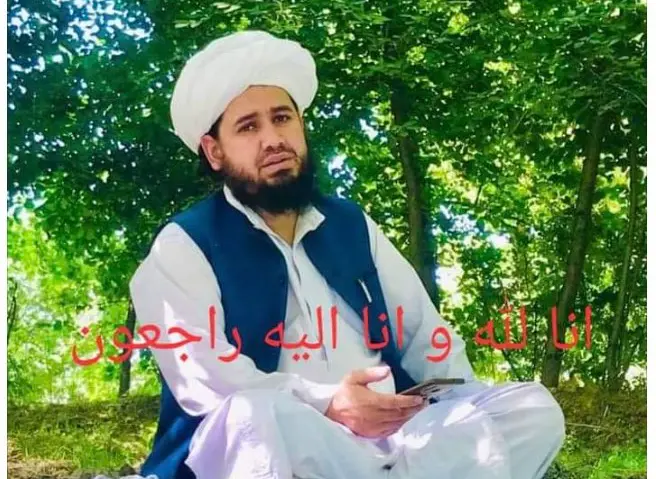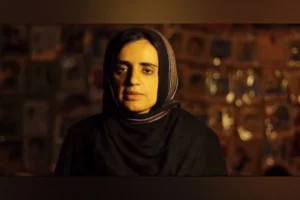The blast on the Saiddiquiya mosque, in which at least 20 people including children were killed is not a one-off event.
Rather it is part of a brutal campaign to weaken the Taliban, which has alienated both Americans and the Pakistanis since it came to power on August 15 last year.
The most prominent casualty of the massive blast was Mullah Amir Mohammad Kabuli.
Kabuli was an important cleric, belonging to the Hanafi school, one of the most moderate among the four schools of thought in Sunni Islam.
Though no one has claimed responsibility for the attack, the blast has all the hallmarks of the Islamic State Khorasan Province (ISKP).
Kabul | Afghanistan
An explosion at a mosque in the north of the Afghan capital of #Kabul killed 20 people and injured 40 more, as per report
No terrorist group has claimed responsibility for the blast so far pic.twitter.com/jq8qzNIvoZ
— INDIA NARRATIVE (@india_narrative) August 18, 2022
The killing of Kabuli follows last week’s suicide bombing of a high-ranking cleric, Rahimullah Haqqani, a Taliban insider, who also belonged to the Hanafi School. The ISKP had claimed responsibility of the suicide bombing at the Haqqani’s madrassah by a handicapped bomber who had hidden explosives in his prosthetic leg.
Some analysts say that the Pakistani intelligence has penetrated ISKP, and has now gone after the Taliban, which has refused to follow instructions coming from Rawalpindi or Islamabad.
According to a report in the Long War Journal “ a number of Pakistani groups are known to operate inside Afghanistan…Additionally a number of Pakistanis are known to fight in the ranks of the Islamic State Khorasan Province (ISKP)”. An Armenian think tank was even more direct. In a piece in Mirror-Spectator, Armenian Network State said, quoting experts that Pakistan created ISKP by planting Lashkar-e-Taiba operatives in leadership positions in the outfit.
Apart from geopolitics, both Kabuli and Haqqani’s killings signal a grim ideological war between the Hanafi and the Salafi school that is being fought on Afghan soil.
Another day, another horrific mosque attack in #Afghanistan. Details from @bsarwary live on the air with me a short time ago. pic.twitter.com/eVNKGHrPba
— Asieh Namdar (@asiehnamdar) August 17, 2022
A large section of the Taliban belongs to the Hanafi school. According to some accounts, the school has evolved from the teachings of the eighth century scholar Abu Hanifa, who studied and taught in Kufa in Iraq. Two of his disciples, Abu Yusuf (d. 798) and al-Shaybani (d. 805), put together Abu Hanifa’s teachings, which were adopted by the Abbasid dynasty resulting in its international spread. “Hanafi doctrines have always been considered among the most flexible and liberal in Islamic law, including in the areas of criminal law, treatment of non-Muslims, individual freedoms, marriage and guardianship, and ownership and use of property” says the website Oxford bibliographies.
The resting place of Imam Abu Hanifah an Nu'man (r.a.), founder of the Hanafi madhab (school of Islamic jurisprudence).
He was born in Kufa (Iraq) in 699 CE and died in Baghdad in 767 CE. pic.twitter.com/eETJjvpinQ
— IslamicLandmarks.com (@IslamicLandmark) March 14, 2021
The Salafists violently reject the Hanafi school. One of the most “ultra-conservative” school believes that authentic Islam can be derived by rigorously following the footsteps of the early, righteous generations of Muslims, known as the Salaf, who were closest to Prophet Muhammad. Salafis believe not just in the “spirit” but in the “letter” of the law, setting them apart from their mainstream counterparts. Born out of this puritanical zeal, Salafi-Jihadism has emerged as a potent force. “Salafi-jihadists tend to emphasize the military exploits of the Salaf (the early generations of Muslims) to give their violence an even more immediate divine imperative,” says a study by Brookings.
Also Read: Why suicide bombing of a top cleric is a big blow to the Taliban



















